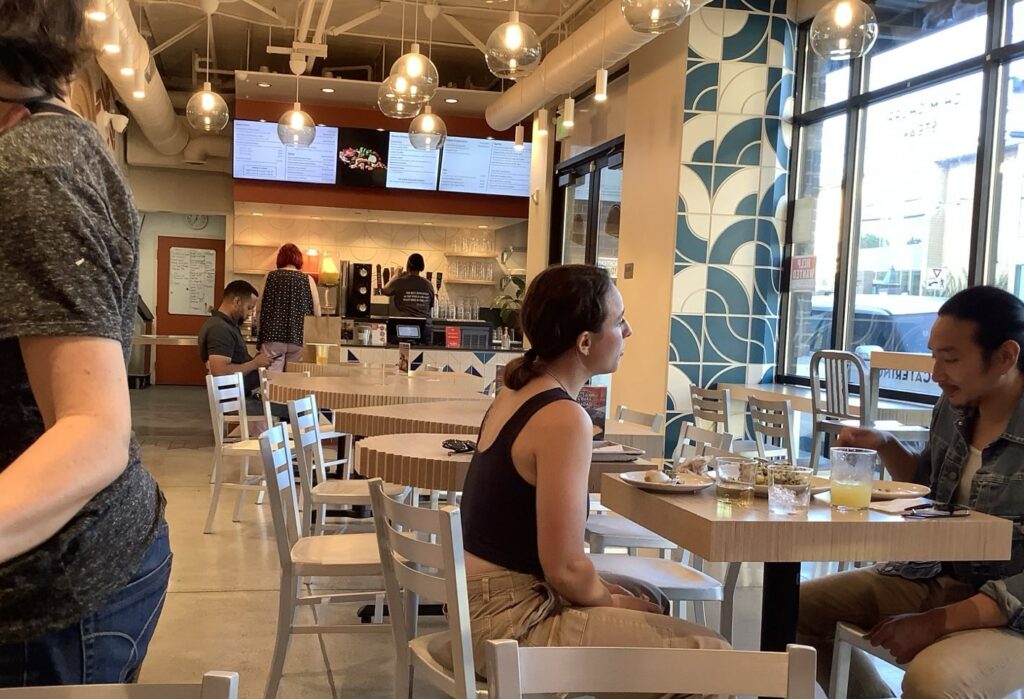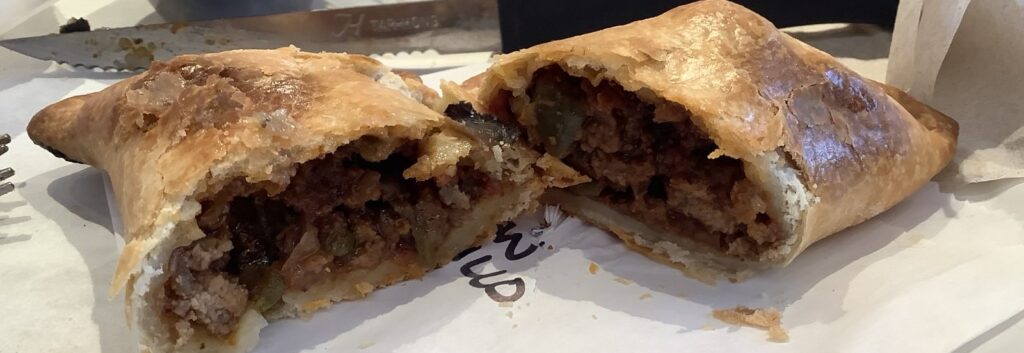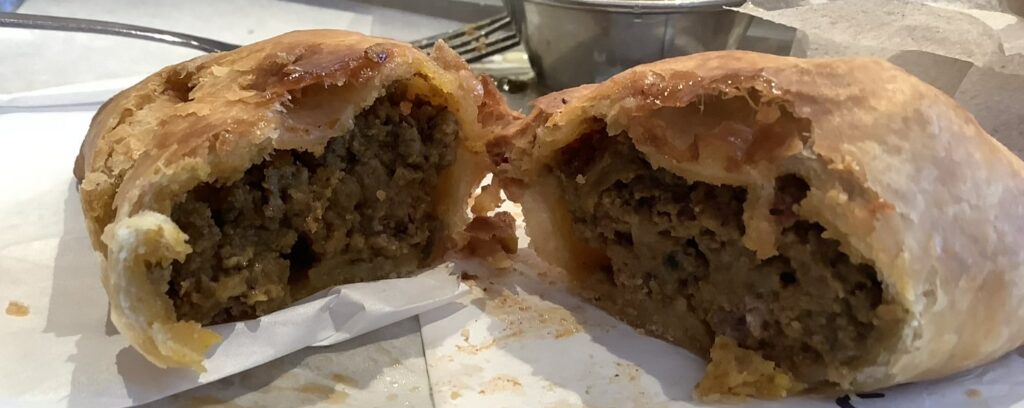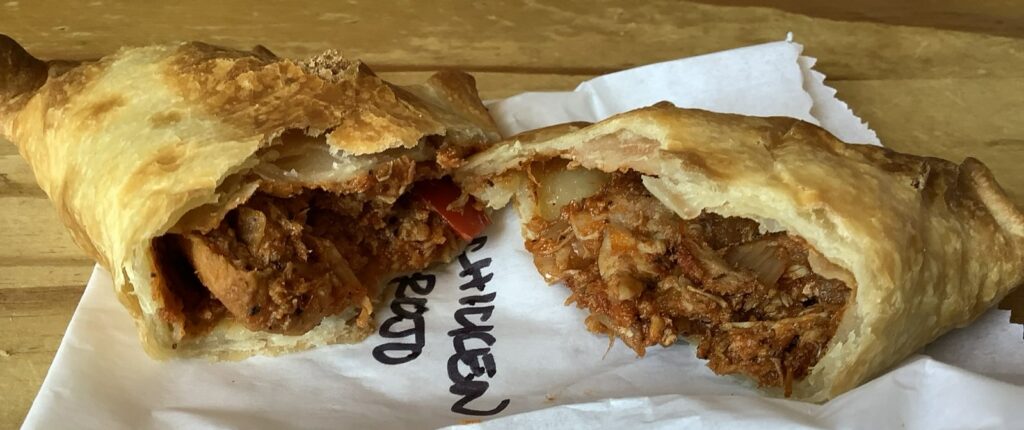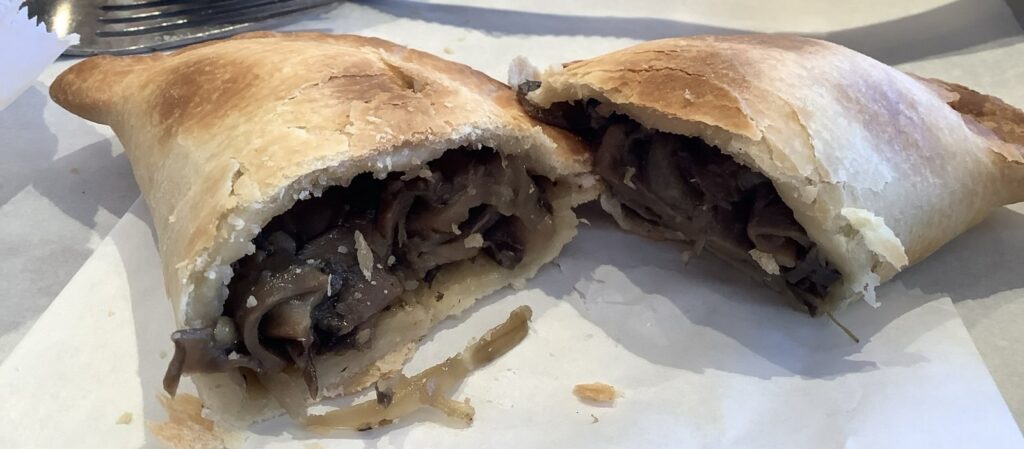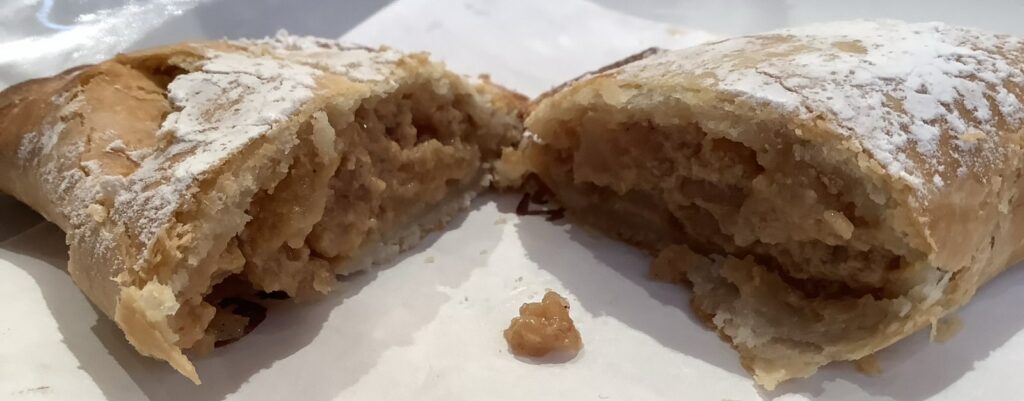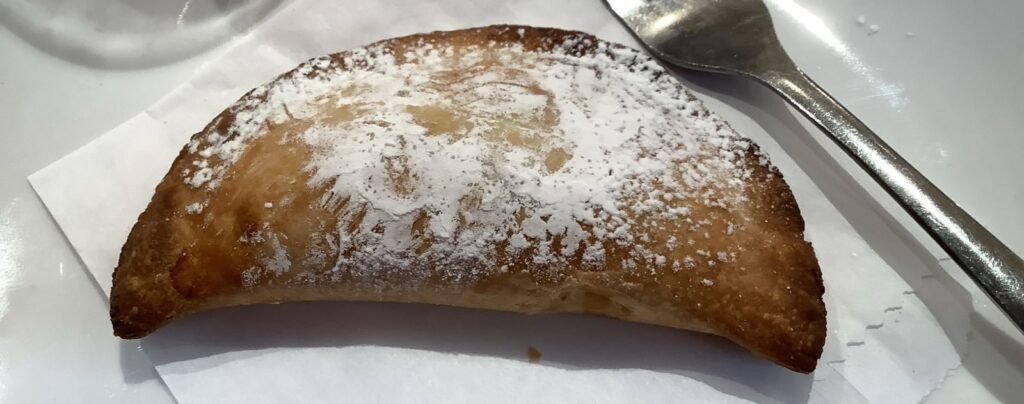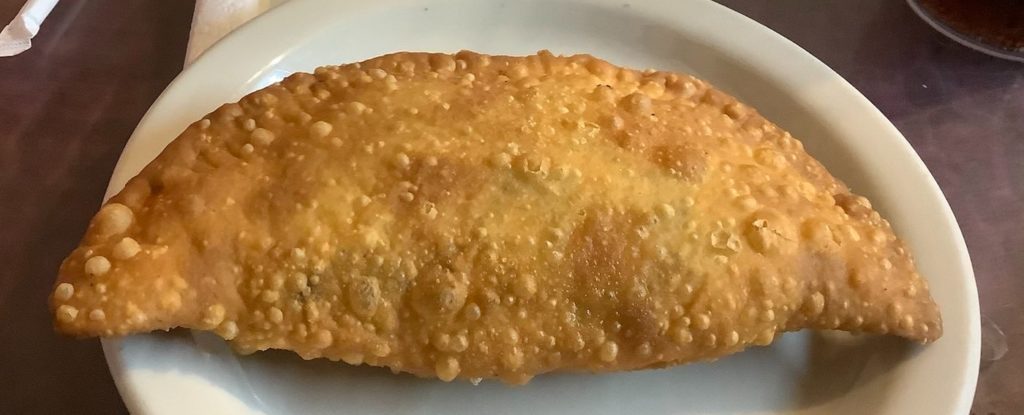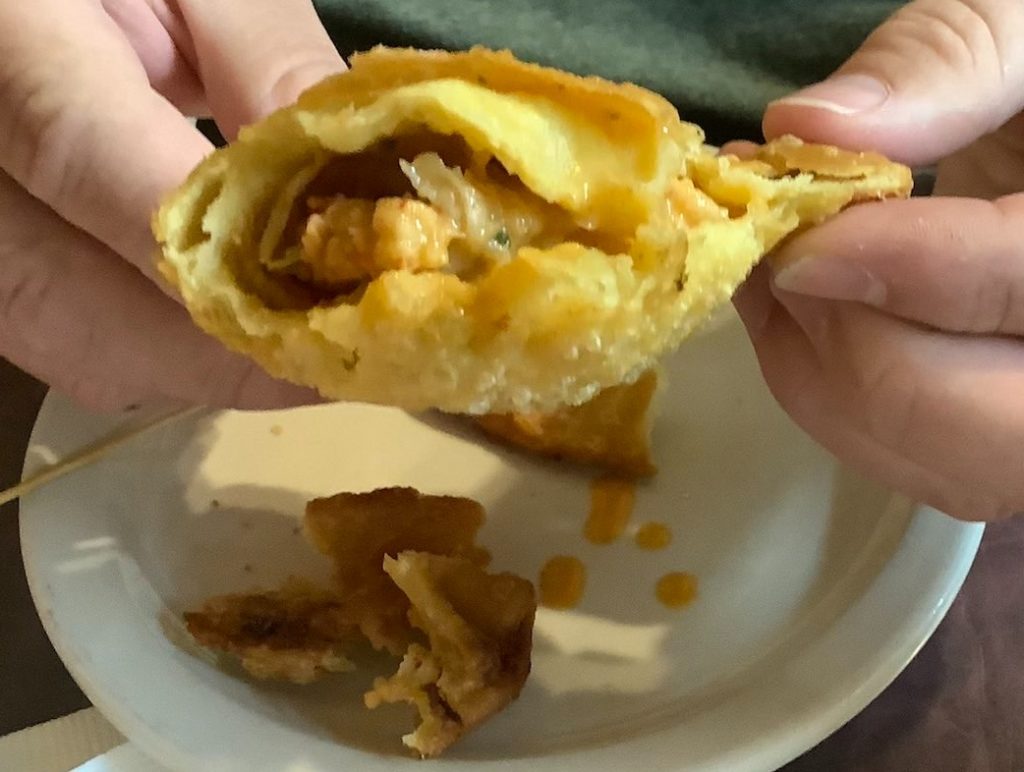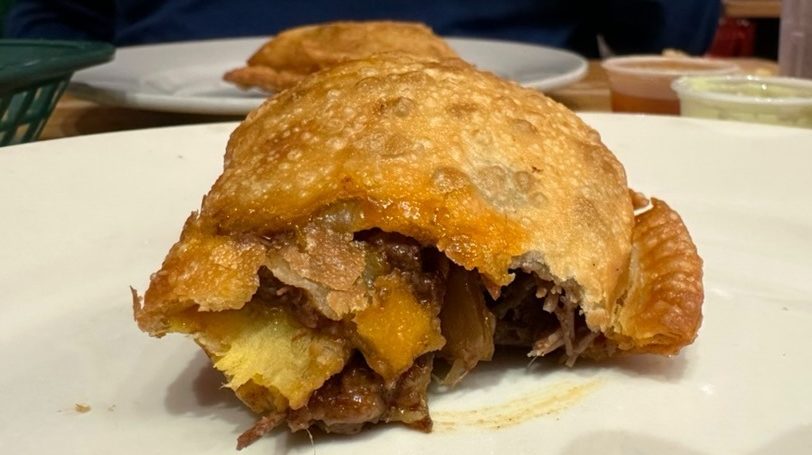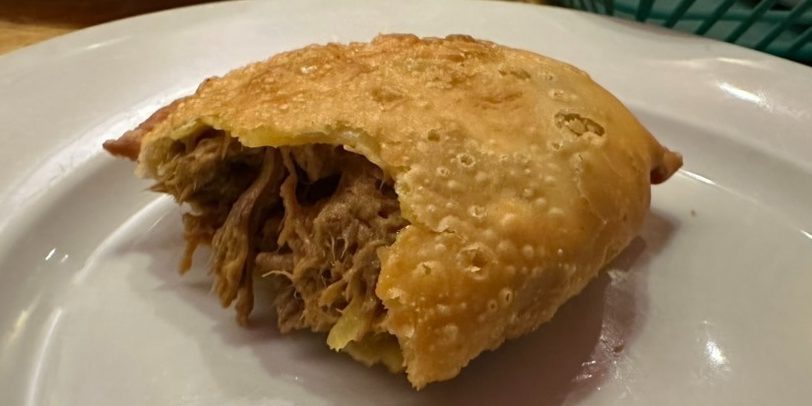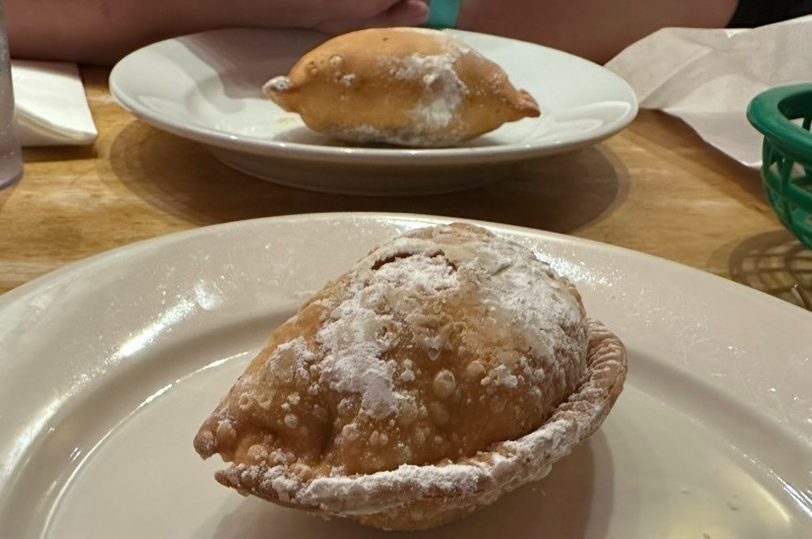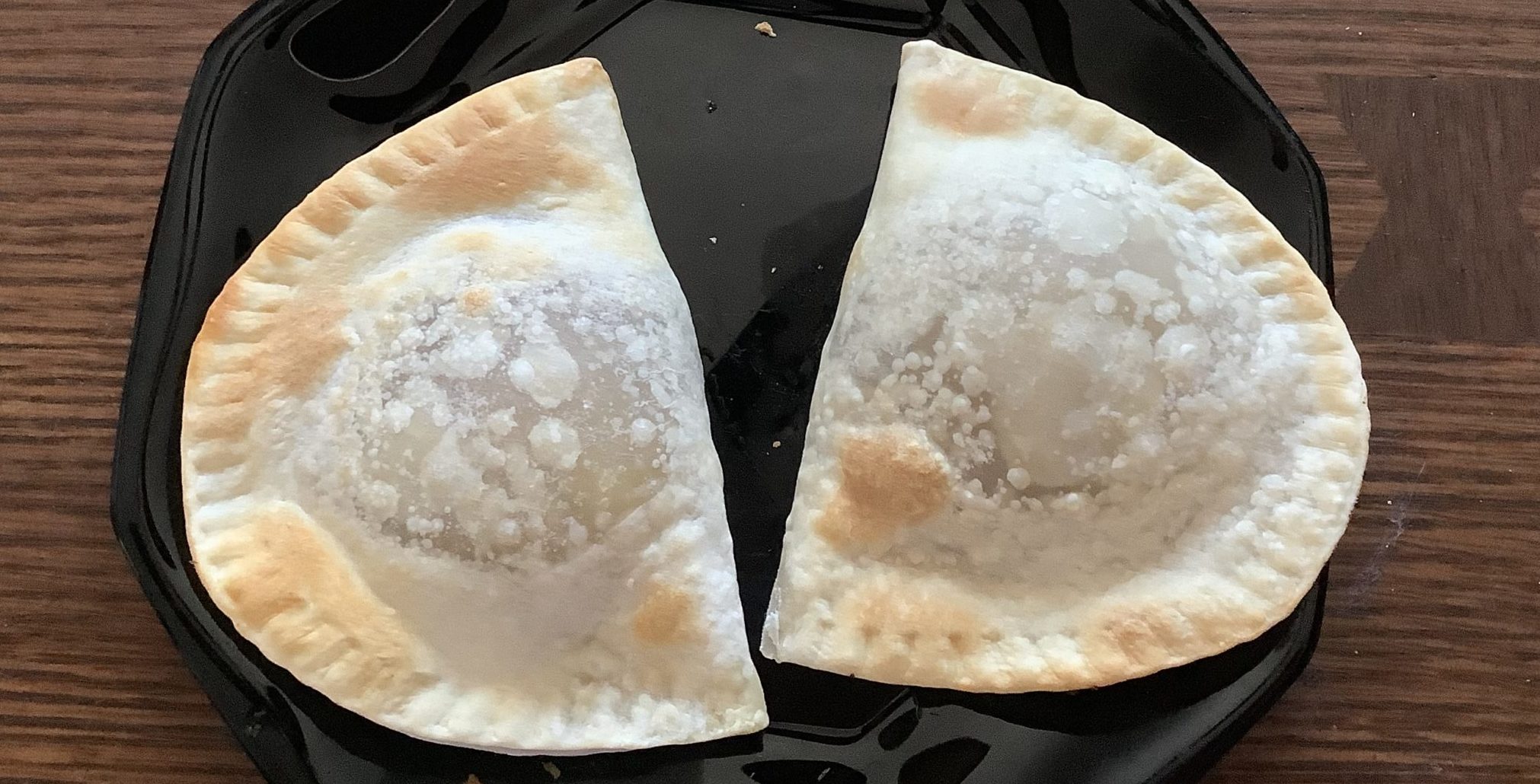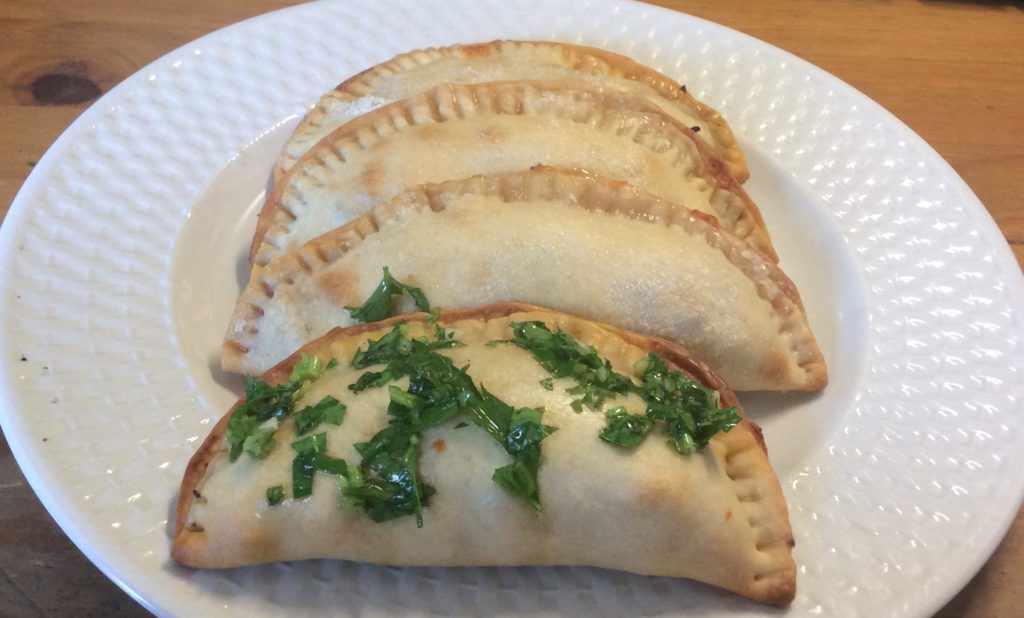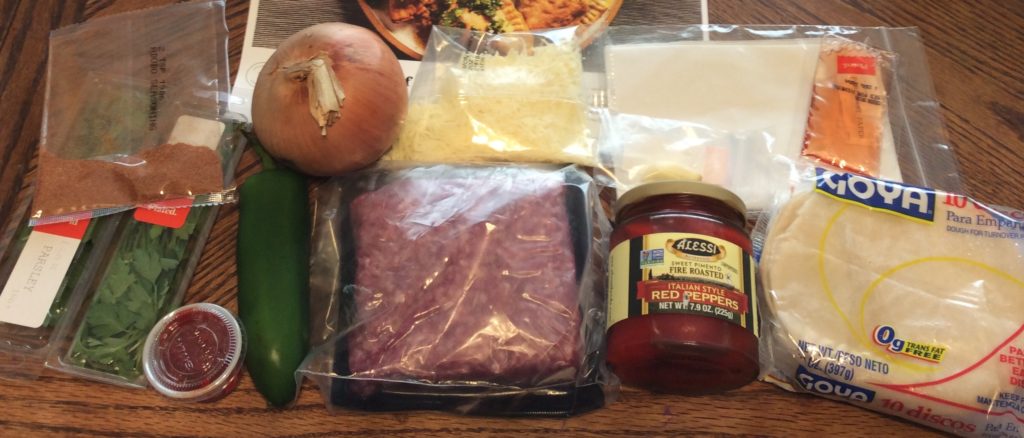The best place for sánguches de miga perhaps in the world.
Every visit to my family in Los Angeles ends the same way: with a stop at Mercado Buenos Aires in Granada Hills before we hit the road back home. And we always buy the same things: ‘sánguches de miga, facturas and empanadas. We have, in years past, actually stopped at the café for breakfast or lunch – but not since the pandemic and thus this is a very limited review of the place. I would like to go back for a meal, though as the last time I ate there my father was still alive and came with us, it does make me a little sad to think about it.
Mercado Buenos Aires operates a combination café, restaurant, deli and grocery store – selling Argentine food imports. They have two locations, the original one is in Van Nuys, but I’ve only been to the Granada Hills one. I think it might have started as a market – mercado -, but over the years the market area has become smaller and the restaurant area has expanded. That’s not surprising – it’s now easy to order non-refrigerated foods directly from Argentina. The Mercado remains a good place to buy frozen imports, such as La Salteña empanada shells and pie crusts, but as we never bring a cooler with us, we never actually buy them.
This trip we stopped in the early afternoon mid-week – unusual for us, as we tend to leave early in the morning. Being this late, they only had a few facturas left – and none with dulce de leche. Facturas, are the Argentine pastry per excellence. They are made from a sweetened pastry dough not too dissimilar to that of danishes, but lighter and chewier. They usually have a sugar glace on them, as well as dulce de leche, crema pastelera (pastry cream) and/or jam. My daughter only likes the dulce de leche variety, so I only got a couple for myself. Neither was that great – but as they usually are (and they were just a few months ago), I think it was due to it being so late in the day. Facturas, like doughnuts, are best when they are fresh, and degrade in quality very quickly. You can’t eat them the next day.
I did get a cañoncito de dulce de leche for my daughter. This is a horn-like pastry made from puff pastry and filled with dulce de leche. It was good, but my daughter is not as big of a fan of puff pastry as she is of factura dough.
I got my usual sánguches de miga. These are sandwiches similar to English tea sandwiches. They are made with very thin crustless sliced bread. Mercado Buenos Aires sells sánguches triples, which means they have three slides of bread – one separating the cheese lawyer from the ham layer. The key to these sandwiches is the bread – which needs to be very thin for it to work. Usually, only specialized bakeries make their own. I have no idea where Mercado Buenos Aires gets theirs – but it does taste like the real thing. Other Argentine markets seem to use regular sandwich bread, but that is too thick and has the wrong flavor. The bread is rather expensive, which makes these sandwiches expensive as well. When I grew up, we only had them for special occasions. I think it must be cheaper to make the bread now, as they seemed more affordable to me last time I travelled to Argentina – but that might have been due to the exchange rate.
The most common sánguches triples have a layer of cheese and a layer of ham – and here is where the sandwiches of Mercado Buenos Aires truly excel. Instead of using Argentine cheese they use Muenster, and it turns out that that’s a much better choice. Thus I actually prefer these sandwiches to any I’ve had in Argentina – and, believe me, I’ve had a lot.
Like with the facturas, you need to eat these fresh. They also lose their quality very quickly. Mercado Buenos Aires sell packages with 6 sandwiches.
Mike got a couple of beef empanadas for the trip back and he enjoyed them though didn’t find them remarkable. That’s because my own empanadas are so great, that it takes a lot to impress him. He had empanadas throughout Argentina and never found one as good as mine. But he keeps getting empanadas at Mercado Buenos Aires, so you know they are good enough.
I didn’t get a receipt, but all of this food together was a little over $26 after tax – the empandas are warm, so they might be taxable. I’ll go again in a couple of months and see if I can find out the prices of each item.
Mercado Buenos Aires
16137 Devonshire St
Granada Hills, CA
(747) 529 6380
Su - Th 7:30 am – 9pm
F - Sa 7:30 am – 10pm

